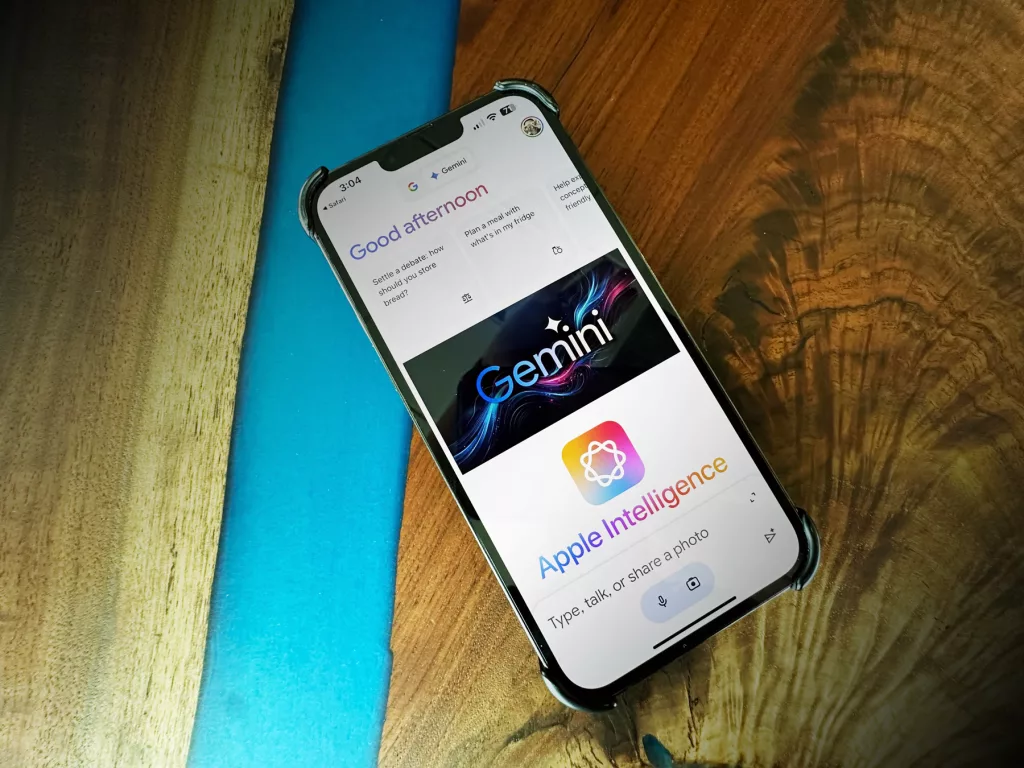We can’t predict everything, but we can take a look at what’s happening today and use it to better understand the change that is ahead of us. As we enter the next year of B2B marketing, only one thing is certain, more change is coming. It’s a scary and exciting time for brands everywhere.
There are two main themes that we believe will help drive your B2B business next year. The first is investing in a killer content marketing strategy and secondly doubling-down and building your own first-party database and custom audience.
Content Marketing Helps B2B Brands Connect With & Convert More Customers
When your B2B brand invests in content marketing, you improve your ability to engage your buyer, convert more consumers, boost brand awareness, and connect with your audience.
Connecting marketing to your B2B brand’s business growth and making a commitment to the entire customer experience across marketing, sales, and customer support is key. The world is becoming numb to generic social media broadcasts. Over the past 12-months, many B2B brands have been listening closely to what their audience wants. We predict this will continue to intensify in 2021 with the world moving towards tighter data regulations and higher expectations from people for the content they consume.
Content marketing can take on many forms. Creating personalized content is key to any B2B brand’s success. The key is to identify which content tactics are cost-effective so your B2B brand can use them to achieve your marketing goals. While content marketing trends come and go, you’ll see consistent ROI from creating content that helps to build upon your B2B company’s strengths. Your content needs to be credible. B2B brands should focus on optimized, personalized and influencer activated content experiences.
Key Tactics for Engaging Your B2B Audience on Social Media
Today there are more social media channels than ever before. Facebook leads the pack regarding your B2B brand’s return on investment. Across all social channels photo and imagery posts are the most common types of content used to increase audience engagement. For many B2B brands, video is the number-one form of media used in content strategy. Before creating video content, B2B companies must continue to invest in audience research and uncovering key insights. They’re your best content consultant. Brands should engage in social listening. By listening to your audience before creating anything you encourage community and learn what resonates. As part of your B2B brand’s social listening strategy, we recommend you pay attention to private groups, micro-influencers, and social movements that are relevant to your brand.
Before you begin to create content, you need to decide which social channels will work best for your B2B brand. Facebook, Instagram, and Twitter lead the pack as the most used social media platforms by B2B brands. Depending on your audience, the addition of TikTok, or Snapchat may be a perfect place for you to engage with your audience.
Being Authentic and Personable on Social Media Will Win Over Your B2B Customers
Your B2B company’s personality is key. B2B brands need to develop their own personality and set of values to be able to have meaningful one-on-one interactions with their customers. You want your customers and your community to remember you from the moment they walk into your dealership to the second they interact with you online. Small and authentic will win over big and generic every time and will help you stand out in a world of noise and limited attention spans.
Measure the Right Metrics for Social Media Success
To determine success, you need to outline what content marketing metrics are you going to track for your B2B brand? Regardless of what channel you use, always measure your results as a means to drive future strategy. For example, if you want to test Instagram as a channel, make sure you have an idea of what success look likes on Instagram before you run your campaign. Does it mean driving direct conversions from Instagram, or thinking of it more as a brand awareness play?
The most common measurement of success for content marketing is total sales. There are two other common content marketing metrics tracked are website traffic and social media engagement.
Navigating Through a Digital Privacy-Compliant Time
As we enter an anonymized and privacy-compliant era, the digital ad world will get tougher to target and measure. Google’s Chrome browser will phase out cookies over the next 18-months and Apple will only allow access to consented users. All these changes intensify uncertainty as to how exposure data can be derived to evaluate campaign effectiveness. As data and privacy regulations like GDPR provide you with a unique opportunity to re-think your B2B brand’s current KPIs and analytics strategy and to re-tune them so you only collect user data you derive insights from. B2B companies should focus their marketing reports not on how you did, but on how you can do better.
There are currently several smart alternatives to targeting that avoid cookies altogether. A few examples to avoid cookies are contextual targeting, time-based targeting, and using custom audiences. Now is the time for B2B brands to focus on building first-party opt-in customer databases. The best solution that is going to work long term is one that addresses consumer privacy concerns. Consumer trust must be at the core, otherwise, we will be in the same situation this time next year.
One way to build your custom database is through consumers signing up for customer rewards programs, and opting-in to receive marketing messages from your B2B brand in the future. The focused needs to be on using first-party data from B2B brands, who are building direct relationships with consumers and can ask for consent. These databases can be anonymized and uploaded into many media platforms to create custom audiences for your specific brand.
With the addition of curated content and custom databases, your approach to analytics and reporting for your B2B brand is must shift from doing work in-platform at the collection source (e.g., Google Analytics) and moving to working with it in a cloud-based platform to visualize and manipulate at scale. The evolution of reporting is moving to dashboards that are built off databases pulling from web analytics, CRMs, media sources, and more.




